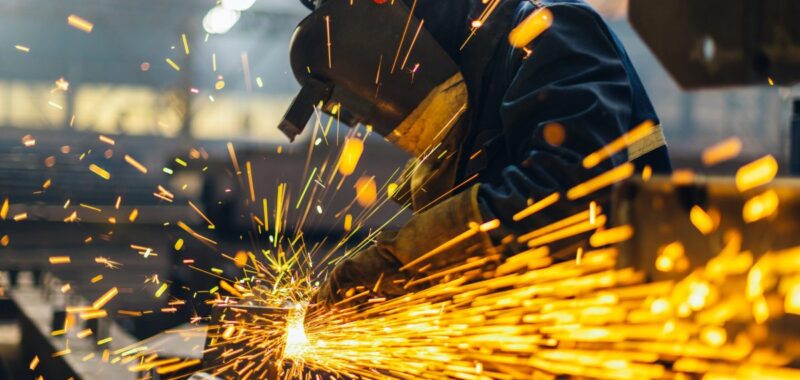
Even before President-elect Donald Trump and his tariff-heavy agenda won the White House, top companies were already planning to shift production out of China at a faster pace, according to a new study.
Based on a survey of 166 CEOs and COOs, Bain and Company found that the share of companies moving operations out of China jumped to 69% in 2024 from 55% in 2022.
Where will they go? The top destination was the Indian subcontinent, with 39% of execs saying they were headed there. That was followed by 16% moving to the U.S. or Canada, 11% to Southeast Asia, 10% to Western Europe, and 8% to Latin America, rounding out the top five destinations.
Meanwhile, more companies are “reshoring” operations to their home countries or “near-shoring” to neighboring countries.
The survey, conducted in July, found that the share of executives whose companies have plans to bring supply chains closer to market soared to 81% this year from 63% in 2022. That also includes the emerging trend of “split-shoring,” where there’s a mix of offshore production and manufacturing close to home.
Why companies move
Bain attributed the trend to growing geopolitical uncertainties and rising costs. But for U.S. companies, which made up 39% of the survey, the 2022 Inflation Reduction Act was another factor in reshoring operations, it added.
One of President Joe Biden’s signature domestic policy achievements, the act offers incentives and tax credits in key areas like green-energy technologies. Another Biden initiative, the CHIPS Act, also encouraged domestic production of semiconductors.
To be sure, there are a range of issues that factor into a company’s supply-chain decisions. Bain’s 2022 survey showed that geopolitics, which includes tariffs, regulations, and inflation, was a leading consideration. But labor conditions, climate, and environmental characteristics, as well as catastrophe risks like natural disasters, terrorism, and health threats, were also top of mind.
The risk of relying too heavily on Chinese factories became evident when Trump imposed tariffs on Beijing during his first term as part of his “America first” economic policies. Supply-chain disruptions during the pandemic also highlighted the need for more diversification.
Then Biden retained Trump’s China tariffs, imposed curbs on U.S. investment in China, and encouraged more domestic production. And for his second term, Trump has vowed to hike tariffs across the board, including stiffer duties on China.
Trump tariffs and China’s economy
Higher U.S. tariffs on China could deal another severe blow to the world’s second-largest economy, which has already been slammed by a real estate crash, debt woes, and even pockets of deflation.
That’s because exports are one of China’s key economic engines, though Beijing’s flurry of stimulus measures has shown some signs of boosting domestic consumption.
Still, the flood of cheap exports China has been sending around the world has prompted other countries to impose more trade barriers against Beijing.
Meanwhile, foreign investment into China has been in a three-year slump that continued last quarter. Despite China’s efforts to revive growth, foreign investment is down by $13 billion for the first nine months of the year.

